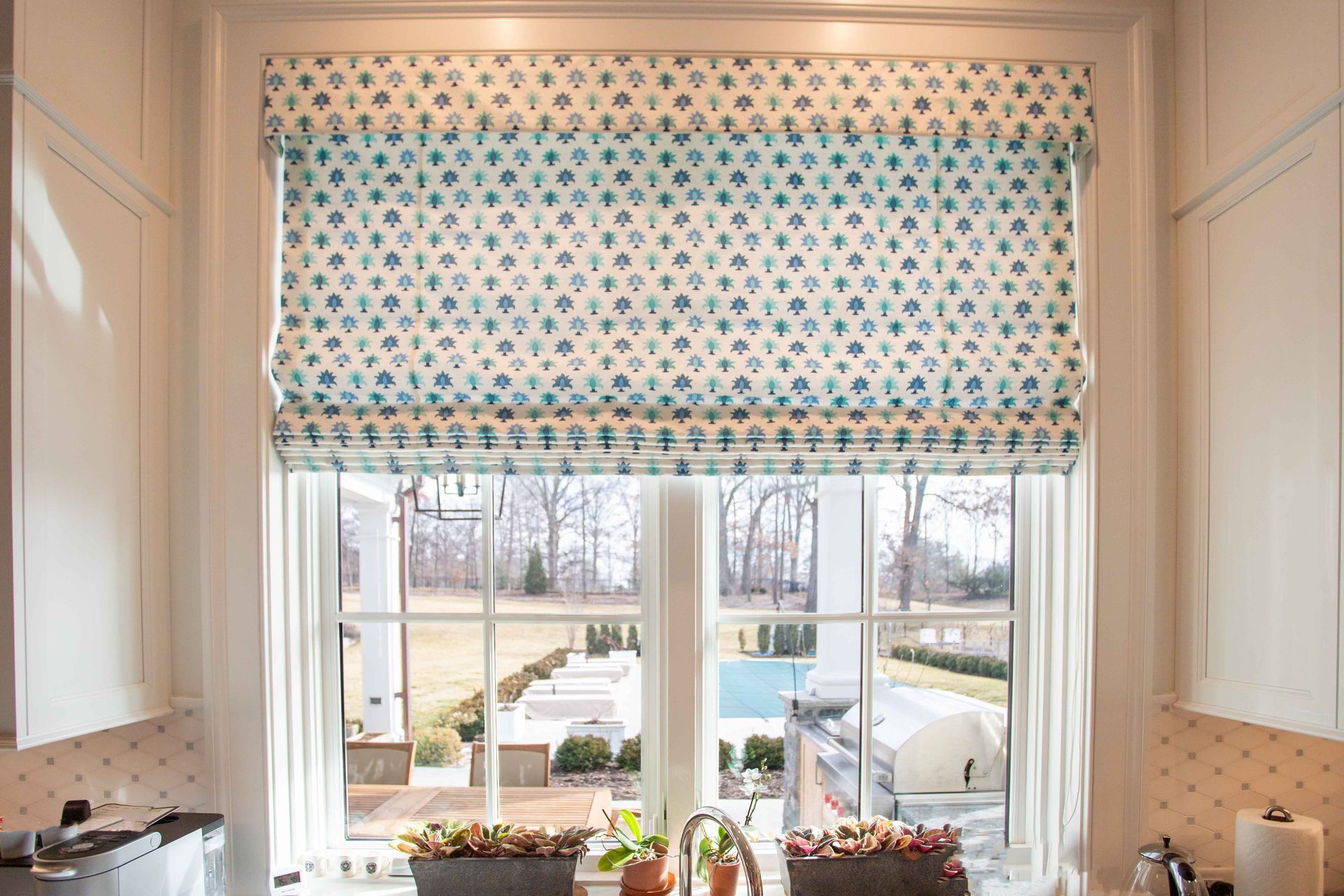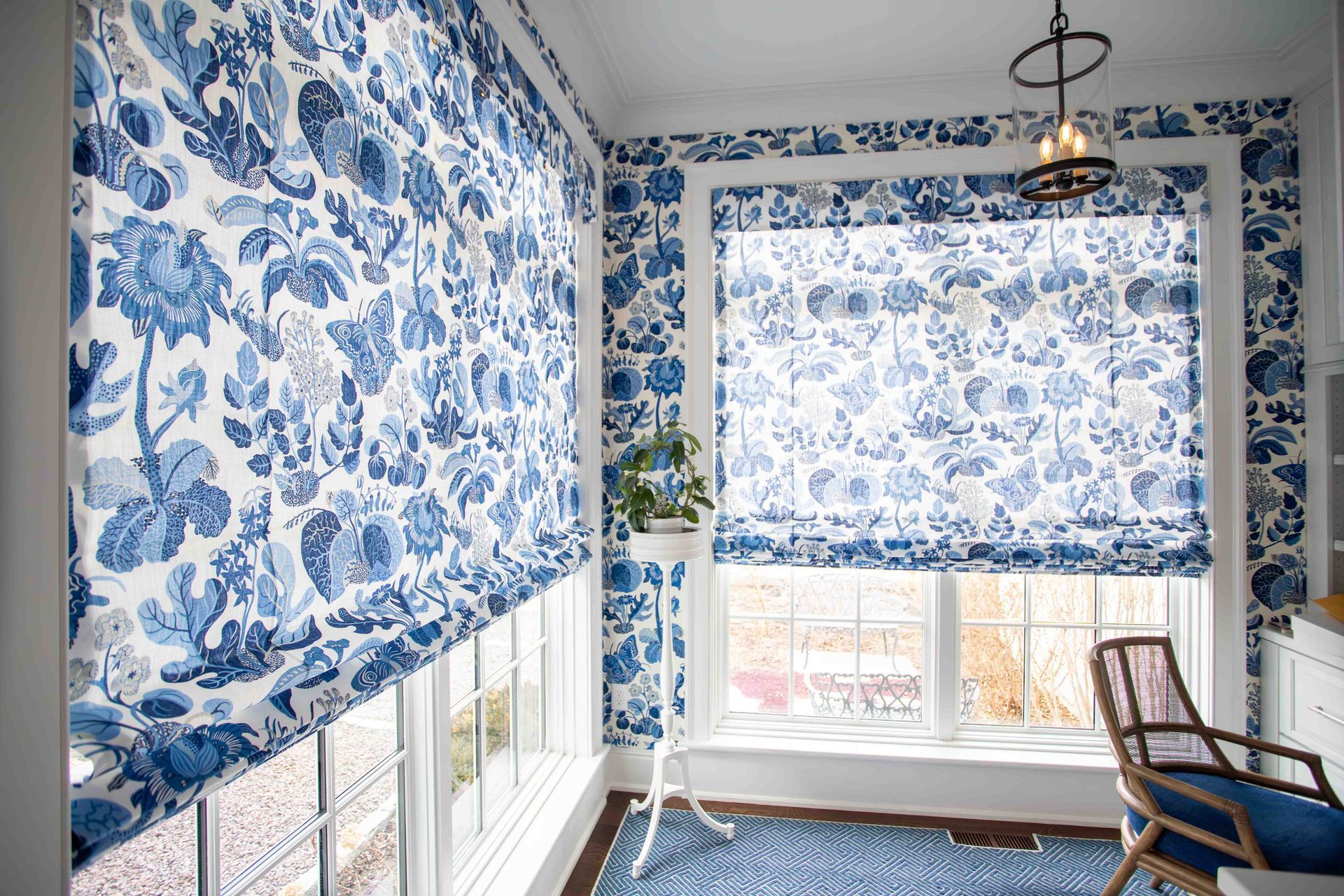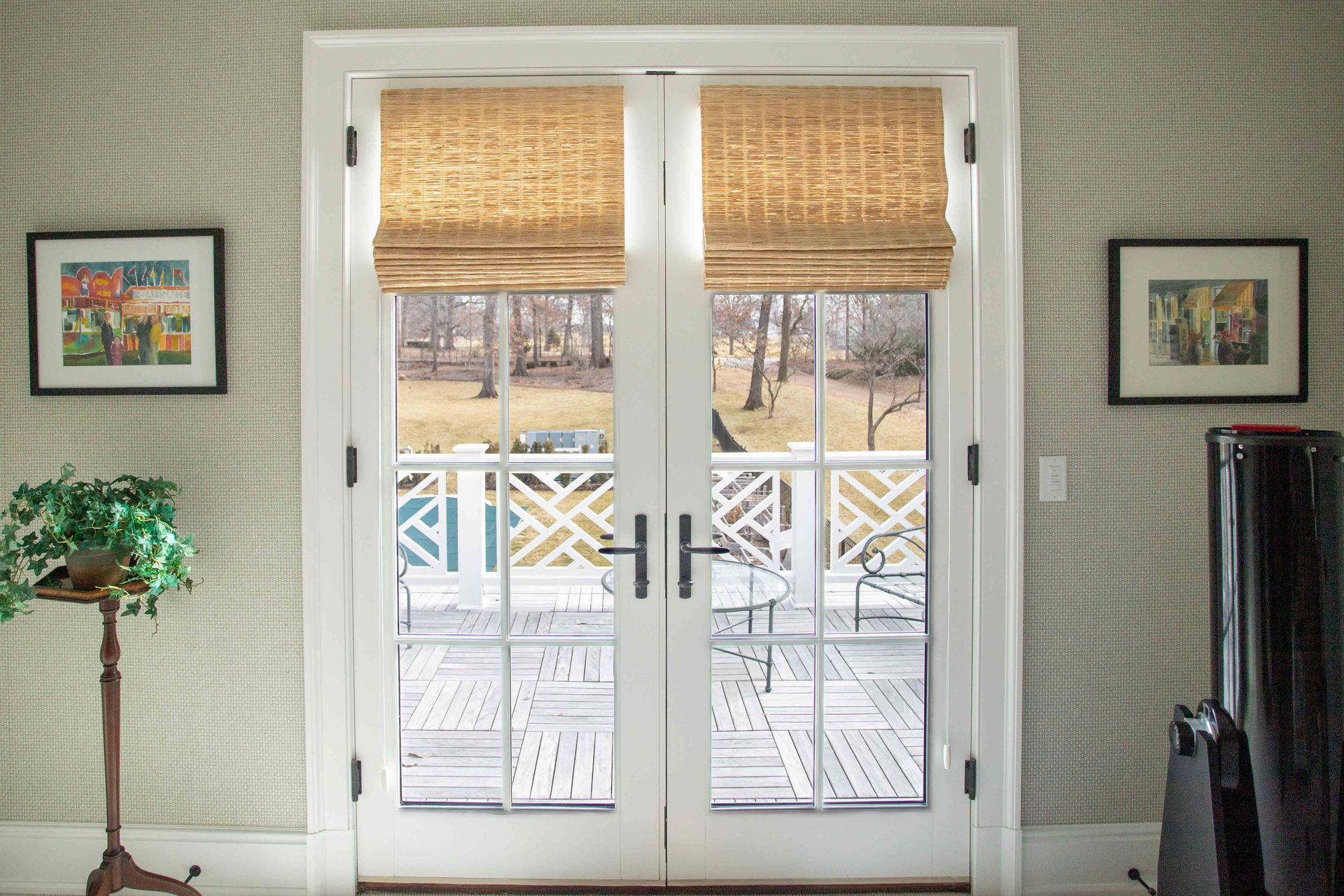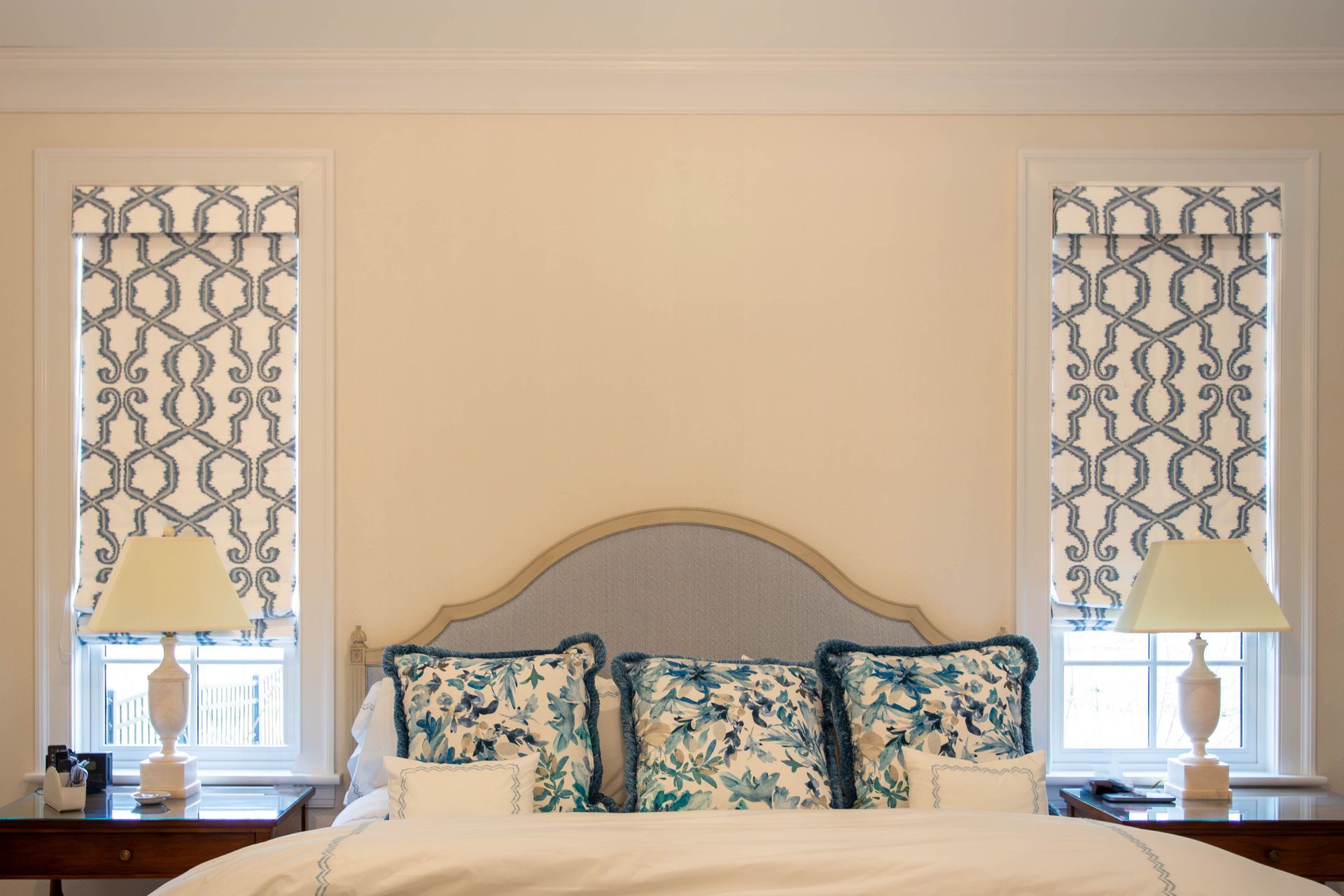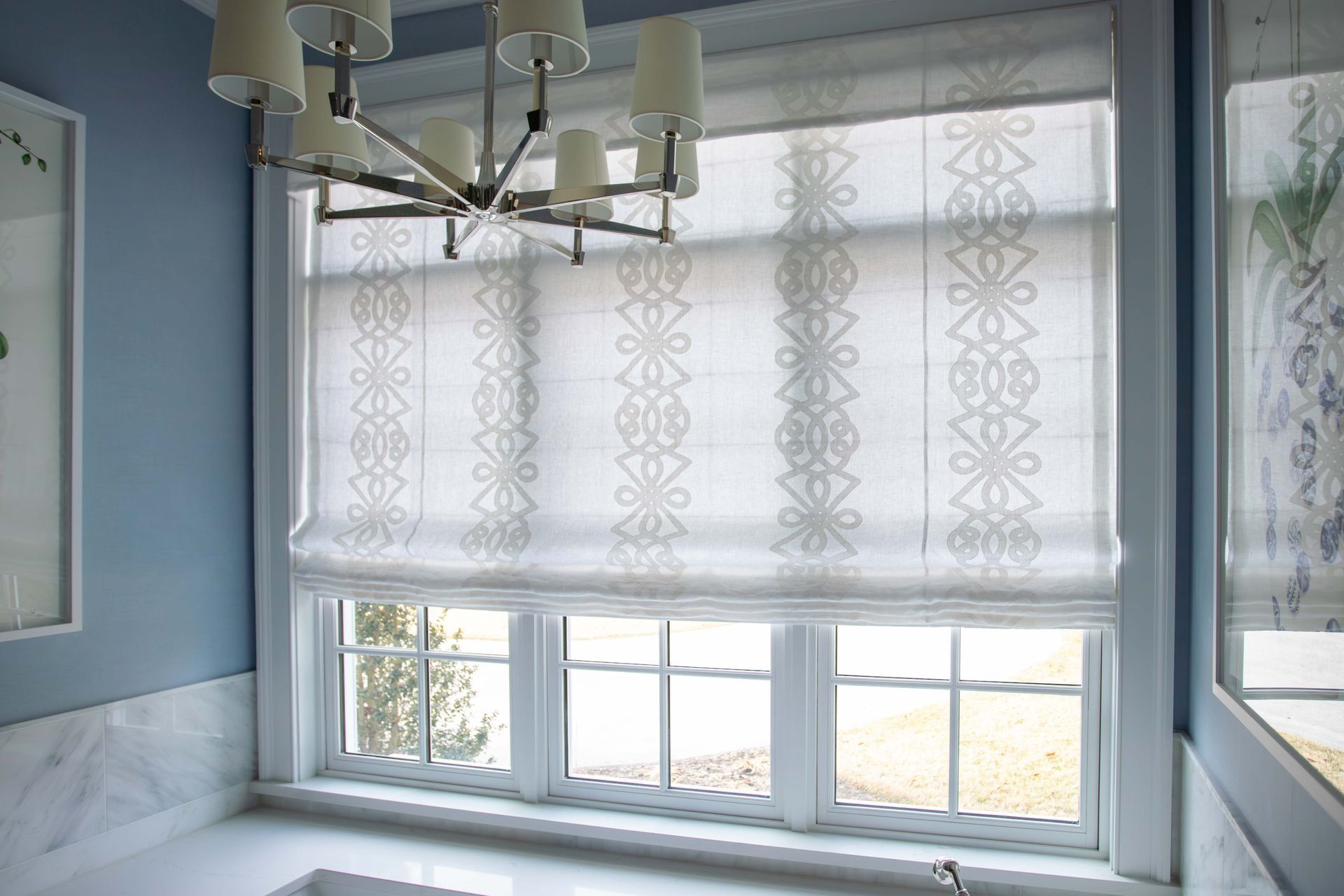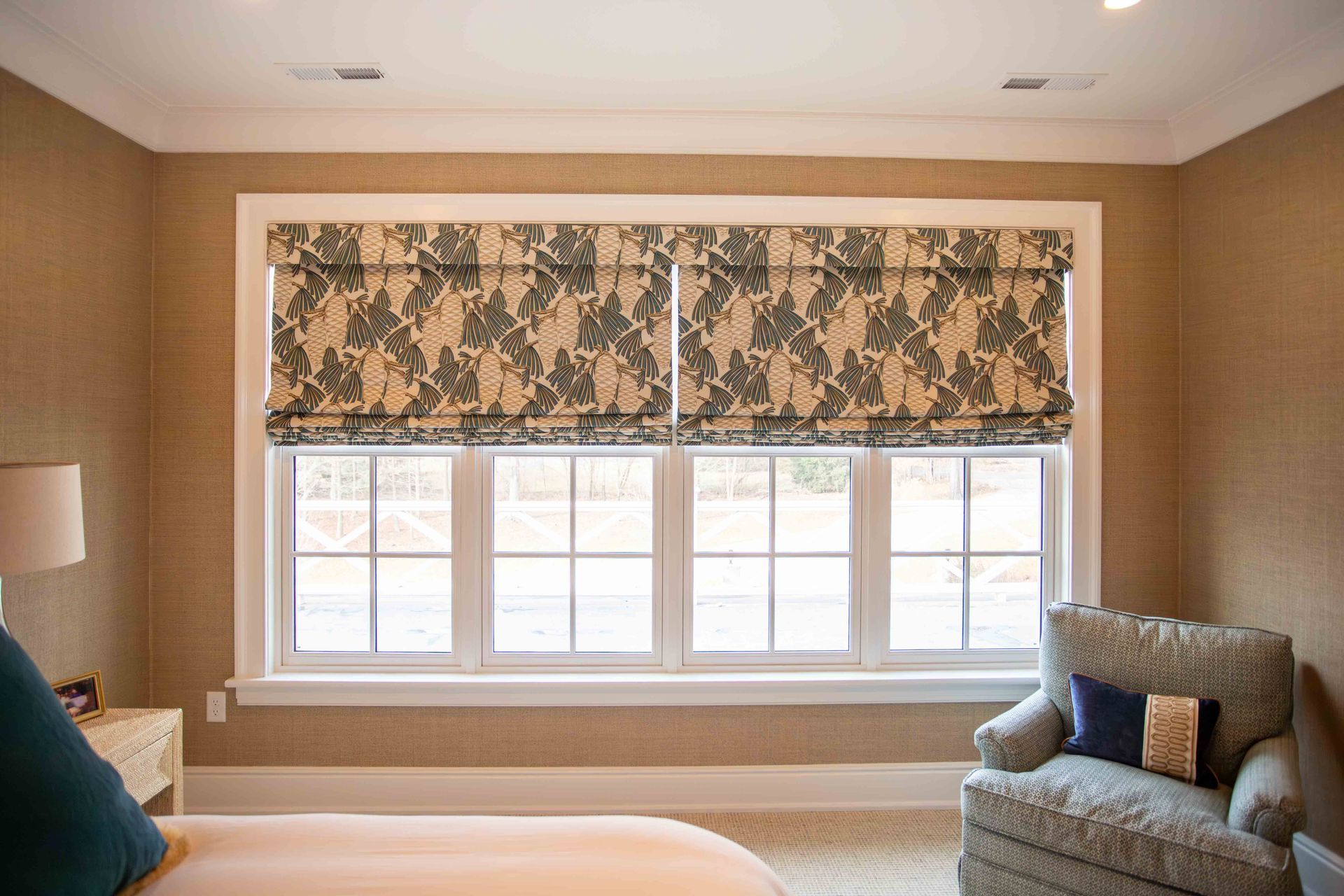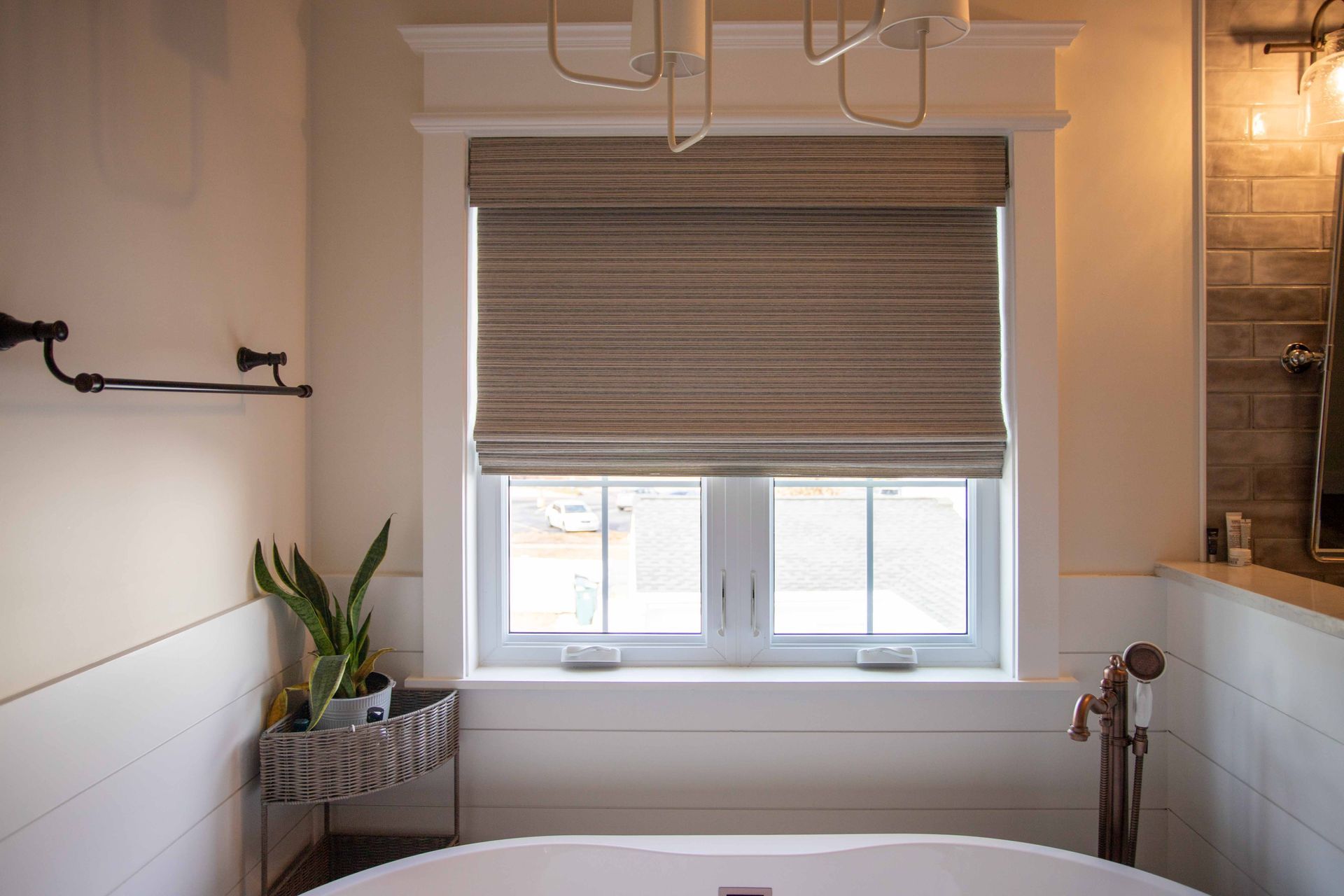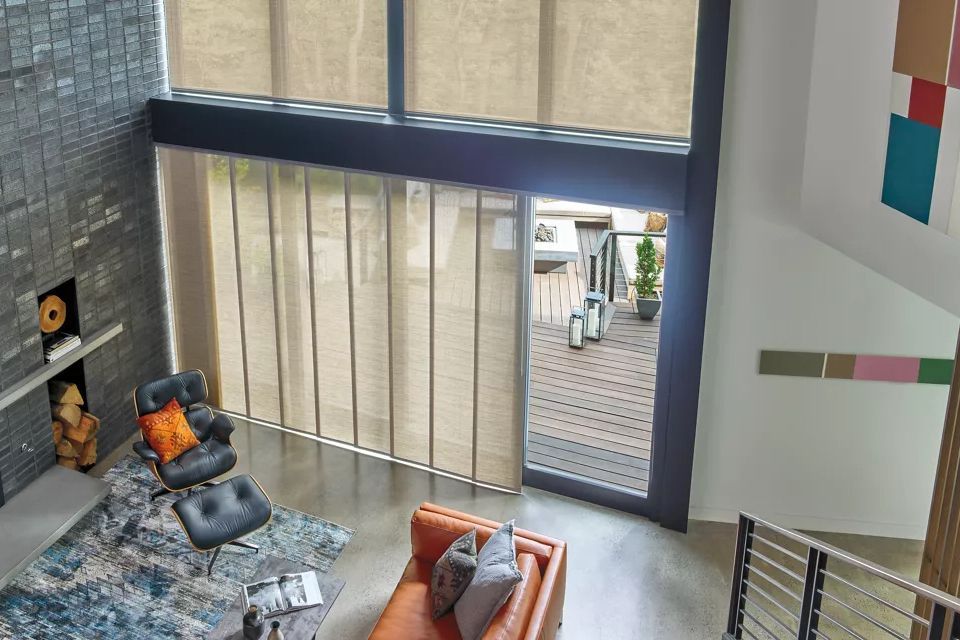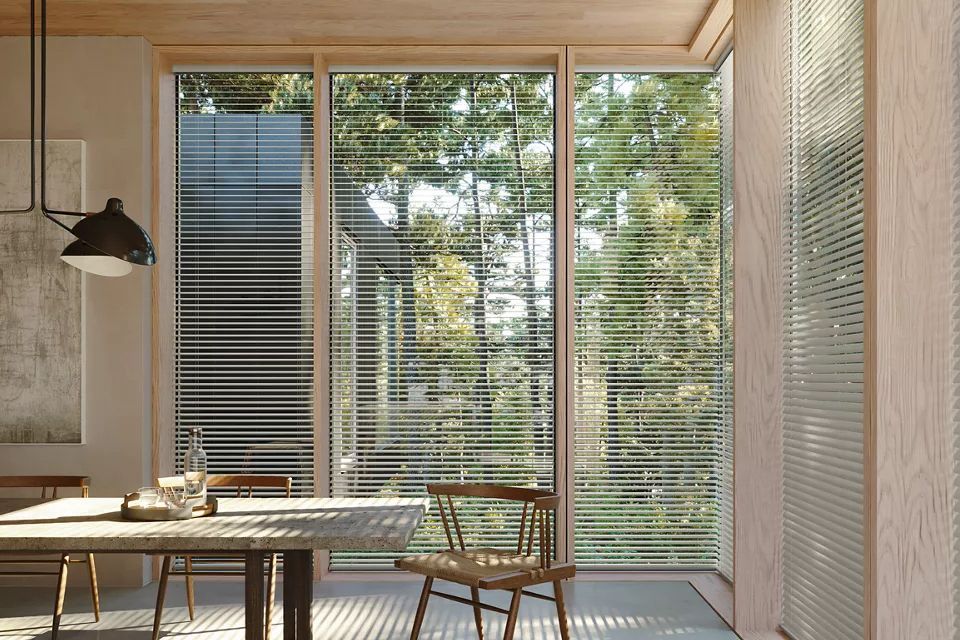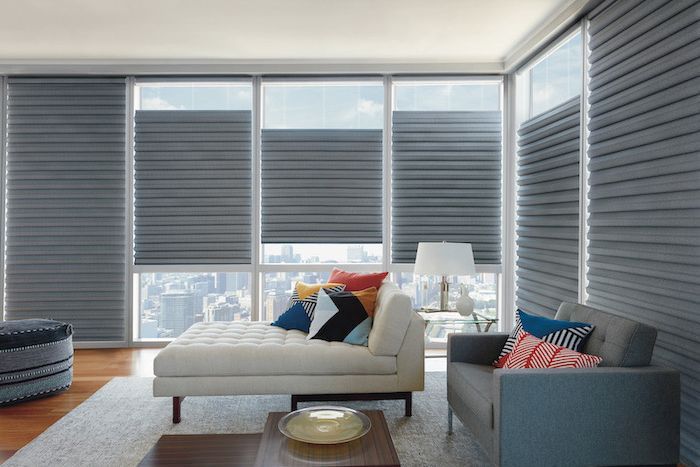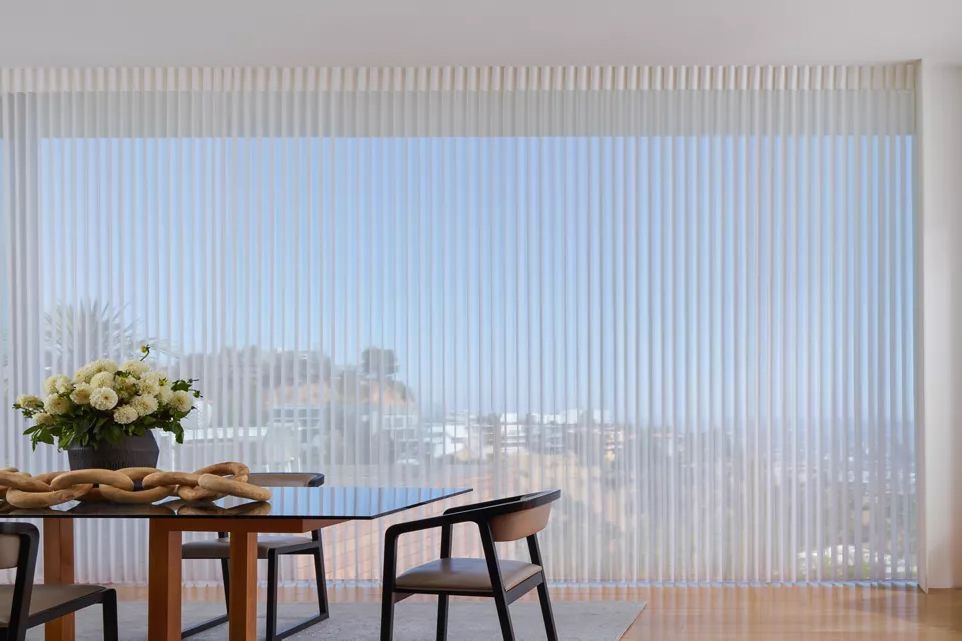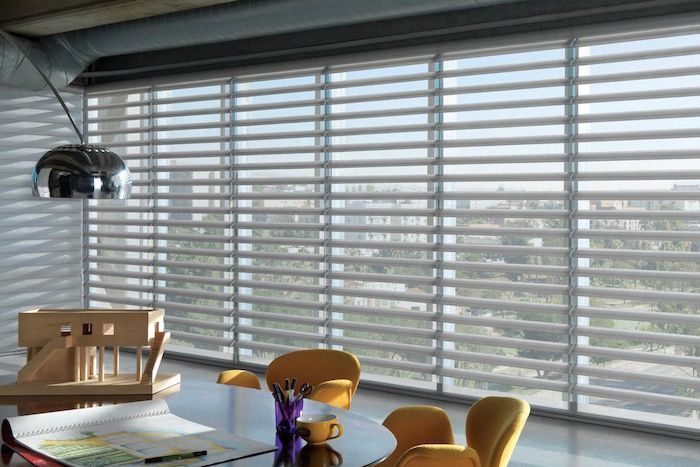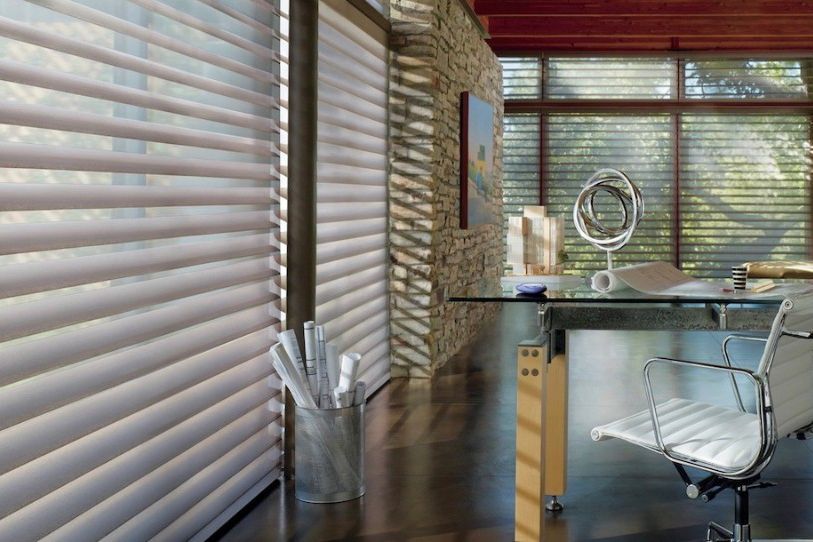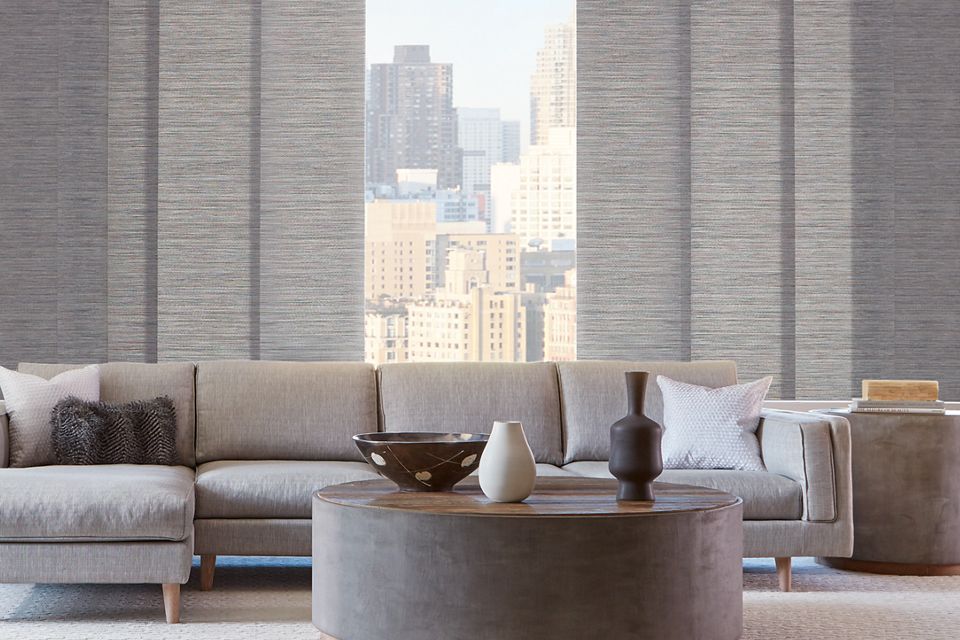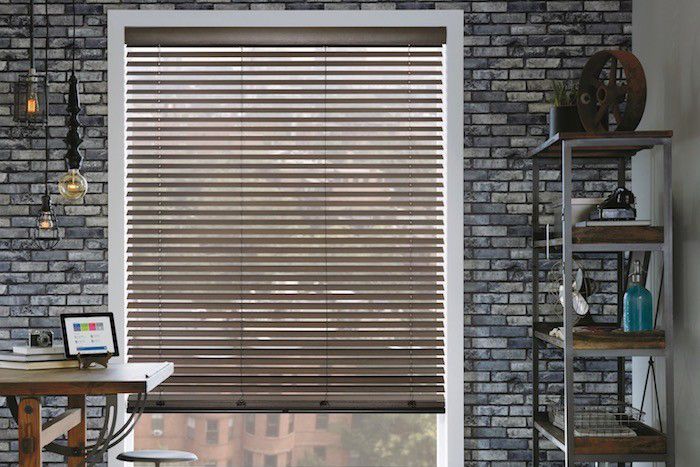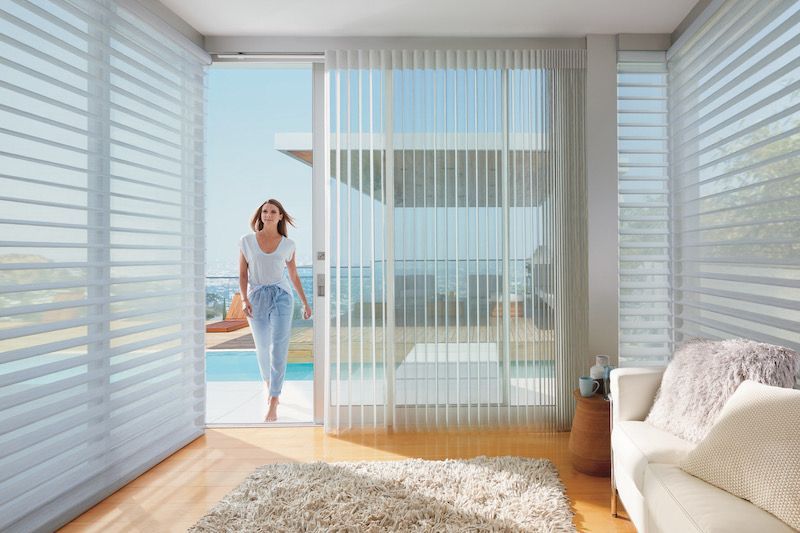Custom Blinds And Shades
Transform Your Space with Custom Blinds and Shades
Are you looking to revitalize your home or business with a touch of elegance? Custom blinds and shades are the perfect solution to transform your space while adding style and functionality.
Whether you're seeking a modern, minimalist look or a traditional, timeless appeal, custom blinds and shades offer a wide range of options to suit your taste and meet your specific needs.
At Proctor Drapery and Blinds, our window treatment expert, Michael Proctor, will walk you through each style and selection of blinds to help you choose the perfect option for your home and your wallet.
Give us a call today to get started on the journey to a more stylish home!
The Benefits of Custom Blinds and Shades
Many people overlook the importance of blinds and shades when it comes to window coverings. However, custom blinds offer numerous benefits, making them a worthwhile investment for any home or business. Unlike off-the-shelf blinds, custom blinds and shades are tailored to fit your windows perfectly, ensuring a seamless aesthetic and optimal functionality.
One of the primary advantages of custom blinds and shades is the ability to choose from a wide range of materials, styles, and colors to complement your existing decor. Whether you prefer the natural warmth of genuine wood, faux wood's durability, or aluminum's sleek look, there is a custom blind option to suit your style.
In addition to the aesthetic appeal, custom blinds provide superior light control and privacy. With adjustable slats, you can easily regulate the amount of sunlight entering your space while maintaining privacy when needed. This level of control allows you to create the perfect ambiance and protect your furniture and flooring from harmful UV rays.
Furthermore, custom blinds and shades offer enhanced durability and longevity compared to standard blinds. Made with high-quality materials and expert craftsmanship, custom blinds are built to withstand daily use and are less prone to wear and tear. This means you can enjoy the benefits of your custom blinds for years to come without worrying about constant replacements.


